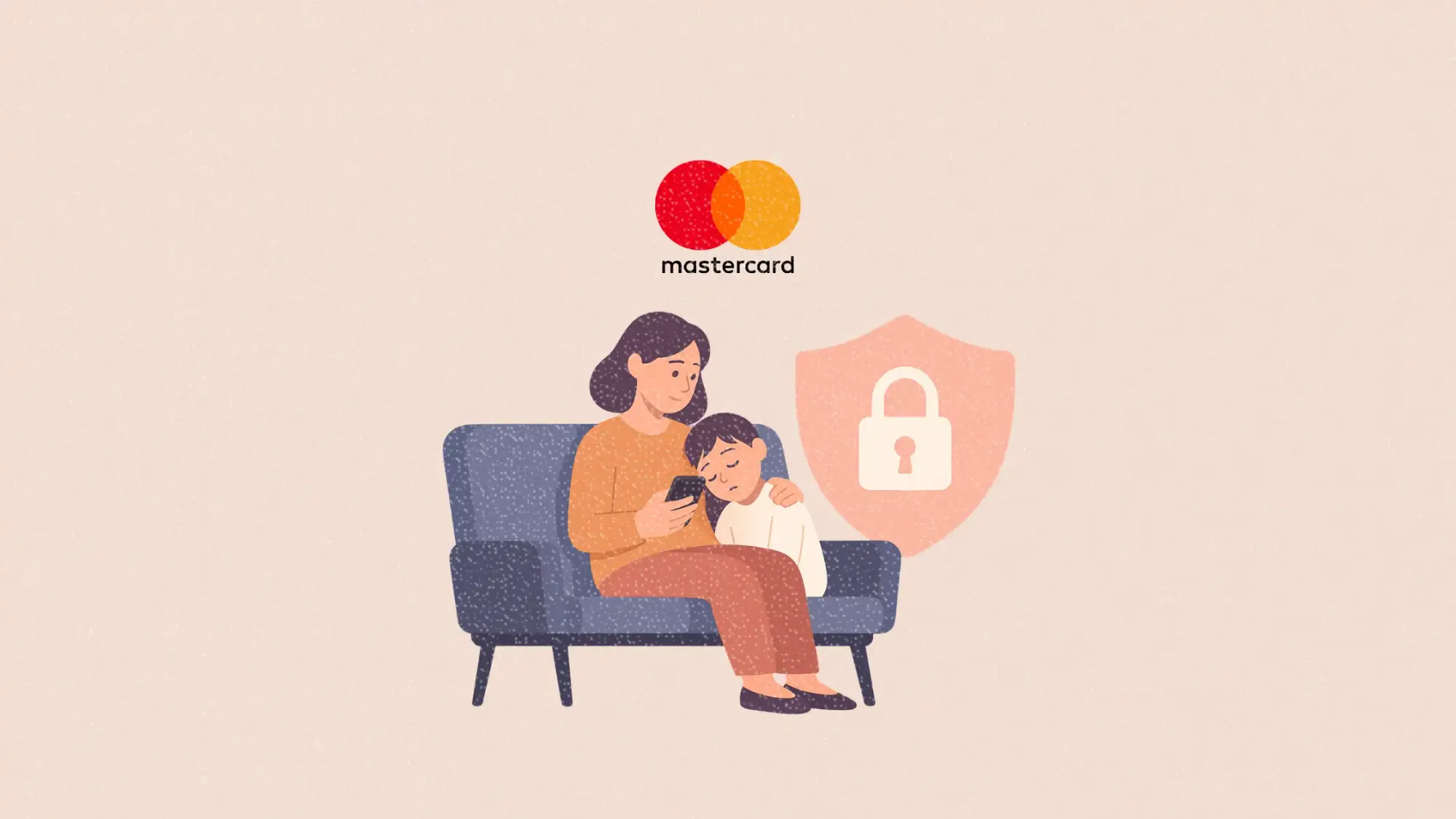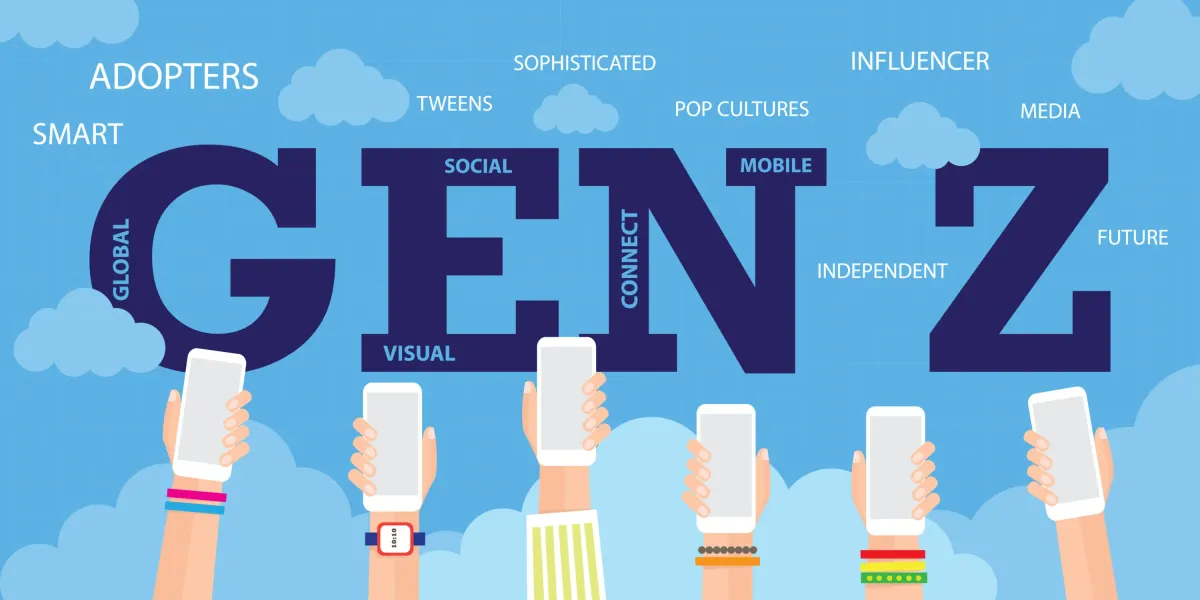Mastercard ditches tech tropes in Southeast Asia to highlight human security moments
Mastercard leans into quiet, human moments in its latest Southeast Asian push

Mastercard is shifting gears in its latest Southeast Asia campaign, opting for emotional resonance over feature lists.
With a trio of 15-second videos that feel more like micro-moments than traditional ads, the brand is changing how it communicates digital security. Now digital security is not something visible or tech-heavy, but quiet, ever-present and a source of comfort.
This article explores how Mastercard’s new campaign builds emotional tension, the role of its signature sound, and what this means for marketers looking to stand out in saturated digital spaces.
Short on time?
Here’s a table of contents for quick access:
- What’s Mastercard’s latest campaign about?
- Why the sound design matters
- Mastercard’s broader push for inclusion and reassurance
- What marketers should know

What's Mastercard's latest campaign about?
Launched across Southeast Asia, the campaign consists of three short films portraying brief moments of everyday uncertainty:
A mother jolted awake by a thunderstorm, rushing to comfort her baby
A father anxiously searching for his child in a packed train station
A solo traveler scanning a sea of cars, unsure if their ride has arrived
Rather than foregrounding product features or showing flashy interfaces, these ads focus on the visceral experience of vulnerability. Set in realistic, lived-in environments, each film grounds its message in relatable tension before resolving it with a familiar sound.
Why the sound design matters
At the emotional climax of each clip, Mastercard’s now-iconic jingle plays not as a logo stamp, but as a moment of relief. This is where the campaign’s smart use of audio shines.
Instead of serving as a sonic watermark, the jingle acts as a cue for safety, anchoring the viewer emotionally. In marketing terms, it’s a soft-touch masterclass in brand recall. The sound doesn’t just mean Mastercard, it feels like security.
By placing the jingle at the moment of emotional release, the brand transforms it into a subtle, sonic stand-in for protection.
Mastercard's broader push for inclusion and reassurance
This isn’t Mastercard’s first attempt to humanize safety messaging. Two months ago, the brand released its Sonic brand, a global video positioning its jingle as a universal cue of trust particularly when shopping online or making cross-border payments.
Regionally, Mastercard has also taken steps to link brand trust with social inclusion. In 2023, its #AcceptanceMatters campaign in Singapore spotlighted the experiences of persons with autism. Developed with Hidden Disabilities Sunflower and several local partners, that campaign aimed to close the empathy gap by telling real, human stories.
These efforts reflect a consistent strategy: using storytelling to shift Mastercard’s brand image from transaction-focused to emotionally attuned.
What marketers should know
Mastercard’s campaign offers some key lessons for marketers looking to cut through the noise:
1. Sound is more than branding, it's emotional UX
Used intentionally, sonic elements can guide emotional response. Mastercard’s jingle placement is a case study in how to build recall and connection without saying a word.
2. Intimacy scales when executed with care
Even short-form content can feel real and personal. The use of everyday tension rather than high-stakes drama makes these stories relatable across markets and devices.
3. Reframe product features as feelings
Instead of telling viewers that Mastercard provides security, the campaign shows what security feels like. This flips traditional product marketing on its head and opens the door for more immersive brand narratives.
4. Performance storytelling is the new product demo
Realistic acting, thoughtful pacing, and strong sound design can be more persuasive than a feature list. For marketers targeting saturated digital environments, this subtlety might just be the new differentiator.
In an era where trust is easily lost and attention is hard-won, Mastercard is betting on a quieter kind of marketing that doesn’t shout about safety, but helps audiences feel it.
For marketers, the message is clear: when everyone’s speaking louder, sometimes saying less resonates more.




